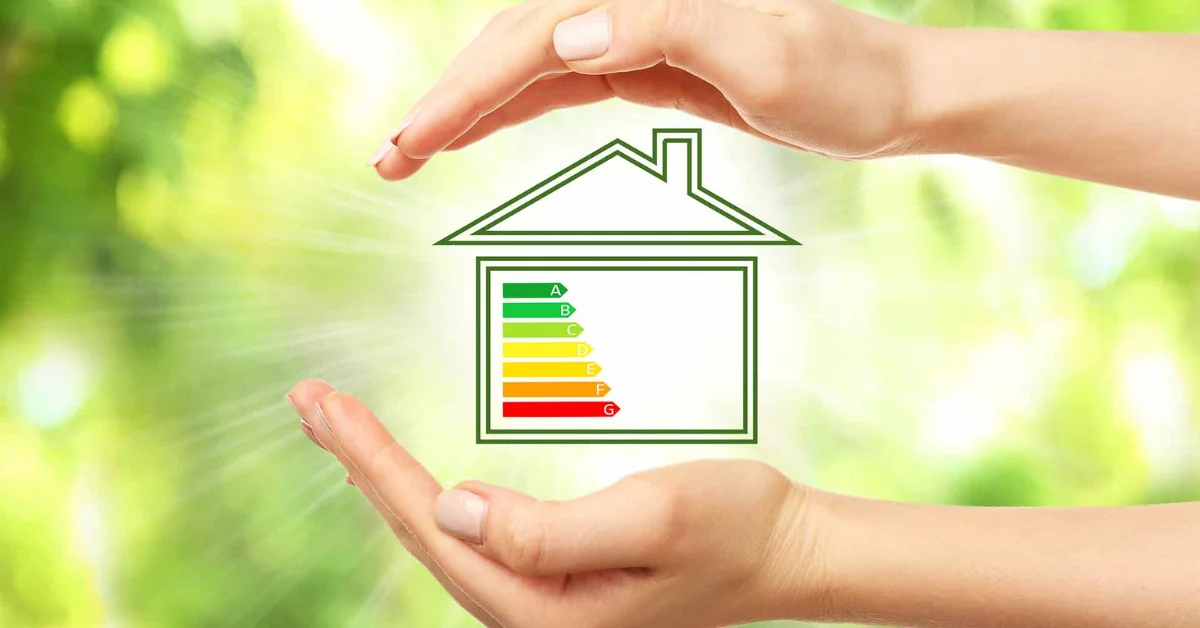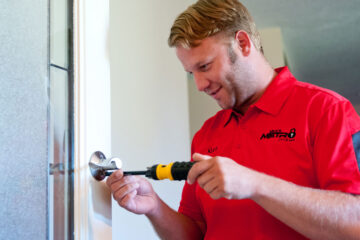In a world where environmental consciousness is becoming increasingly important, the concept of energy efficient homes is gaining momentum. Making your home more energy-efficient not only reduces your carbon footprint but also helps you save money on energy bills. From simple changes to more substantial investments, there are numerous ways to transform your residence into an energy-efficient haven.
In this blog post, we will explore the strategies and tips that can make your home more environmentally friendly and cost-effective.
Contents
The Importance of Energy-Efficient Homes
Before delving into the practical steps to make your home energy efficient, it’s crucial to understand why this is such a vital endeavor. Energy efficiency not only benefits homeowners but also the environment. Here are some of the primary reasons why creating energy-efficient homes is essential:
1. Lower Energy Bills
Energy-efficient homes are synonymous with reduced energy consumption. When you use less energy to heat, cool, and power your home, you’ll see a noticeable drop in your utility bills. This means more money in your pocket for other important things.
2. Reduced Environmental Impact
Homes are a significant source of greenhouse gas emissions. By decreasing your energy usage, you directly contribute to the fight against climate change. Energy-efficient homes emit fewer pollutants, reducing their environmental impact.
3. Enhanced Comfort
A well-insulated and energy-efficient home is often more comfortable. You’ll experience fewer drafts, more consistent temperatures, and better air quality. This results in a healthier and more pleasant living environment.
4. Increased Property Value
Energy-efficient features and technologies can increase the value of your home. Many homebuyers are willing to pay a premium for a property with lower operating costs and reduced environmental impact.
Practical Steps to Make Your Home Energy Efficient
Now that we understand the importance of energy efficiency, let’s explore the practical steps you can take to achieve it:
1. Conduct an Energy Audit
Begin your journey toward an energy-efficient home by conducting an energy audit. Many utility companies offer free or low-cost energy assessments, but you can also do a DIY audit. Identify areas where energy is being wasted and prioritize improvements.
2. Upgrade Insulation
Proper insulation is one of the most effective ways to reduce energy consumption. Insulate your attic, walls, and floors to prevent heat loss during the winter and keep your home cool in the summer. Investing in high-quality insulation pays off in the long run.
3. Seal Air Leaks
Drafts around doors and windows can significantly impact your home’s energy efficiency. Use weatherstripping and caulk to seal gaps and prevent warm or cool air from escaping your home.
4. Install Energy-Efficient Windows
Old or poorly insulated windows can be a major source of energy loss. Replace them with energy-efficient windows that have multiple panes, low-emissivity coatings, and insulated frames to better regulate your home’s temperature.
5. Upgrade to Energy-Efficient Appliances
Older appliances can be energy hogs. Consider upgrading to Energy Star-rated appliances that consume less electricity. This includes your refrigerator, dishwasher, washing machine, and more.
6. Use Energy-Efficient Lighting
Replace incandescent bulbs with LED or CFL (compact fluorescent) bulbs. They use significantly less energy and have a longer lifespan, saving you money in the long term.
7. Optimize Heating and Cooling
Ensure your HVAC system is in good working order. Regular maintenance, such as cleaning or replacing filters, can improve its efficiency. You can also consider installing a programmable thermostat to better control your home’s temperature, reducing energy waste.
8. Harness Solar Power
Consider installing solar panels on your roof to generate clean, renewable energy. While the initial investment can be substantial, it pays off over time by reducing or even eliminating your electricity bills.
9. Utilize Smart Home Technology
Smart home devices can help you manage and optimize your energy usage. Smart thermostats, lighting controls, and energy monitoring systems can help you make informed decisions about your home’s energy consumption.
10. Water Efficiency
Install low-flow fixtures in your bathrooms and kitchen to reduce water usage. Additionally, insulate your water heater to prevent heat loss and reduce the energy required to heat water.
Conclusion
Creating energy-efficient homes is a win-win for both homeowners and the environment. It’s a conscious effort that not only saves money but also helps combat climate change and reduce the strain on natural resources. By following the steps outlined in this blog post, you can take significant strides toward transforming your home into an energy-efficient haven.
Start small with DIY improvements and gradually work your way up to larger investments like solar panels and smart technology. In doing so, you’ll not only make your life more comfortable but also contribute to a more sustainable future for all.



